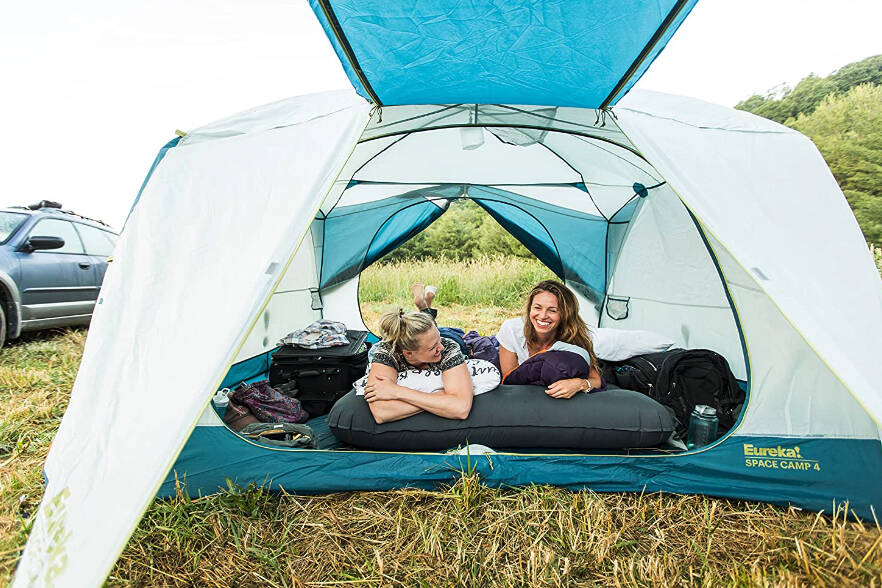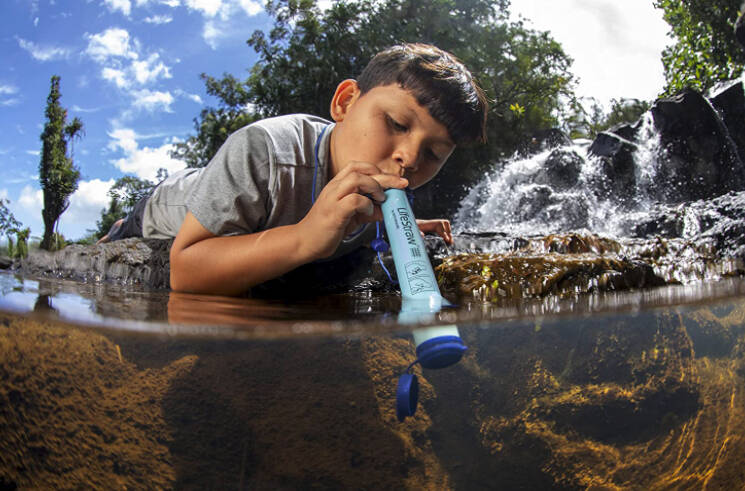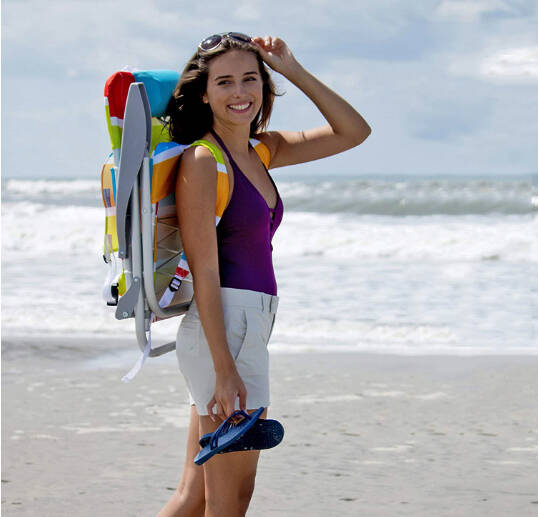Unless your name is Bear Grylls, you won’t be comfortable camping without the proper gear. Some problems can be solved with ingenuity and a bit of duct tape, but the best way to solve most camping challenges is to stop them before they start. Or, in the words of the Scouts Canada motto, Be Prepared.
Heading out on a summer adventure? Here are 9 common camping problems, and how to solve them.
1. It’s raining inside your tent
Your tent needs a separate fly to keep off the rain, and that fly needs to cover your whole tent — not a silly half-fly that leaves the bottom part of your tent exposed to the elements. When you set up this two-person tent, or this four-person tent that’s tall enough to stand up in, make sure to use tent pegs to secure the fly and keep it taught so water can’t seep through your inner tent layer.
2. There’s a fire ban and you need to eat
Fire bans are common along North America’s west coast, so check conditions before you go, and don’t assume you’ll be able to cook over the campfire. (Even when it’s wet, many wilderness experts advocate for fewer campfires to reduce carbon emissions and leave forests undisturbed). You’ll love this portable grill for its quality cast-iron cooking grates, lightweight lid and fold-out side tables to keep your cooking tools organized.
READ MORE: Coffee matchmaker: What brew style matches your personality?
3. Your feet are always cold
First, change your socks. Even if your socks don’t feel damp, they’re likely still holding cooling moisture — especially if you’re still wearing the ones you wore hiking. If your toes are ice blocks after water skiing or going for a swim, try a pair of down booties — and throw a foot warmer in for extra cosy comfort.
4. Water water everywhere and not a drop to drink
Drink safely from any fresh water stream or lake with this sterilizing straw. Great for emergencies, hiking and overseas travel, and it doesn’t taste like chemicals.
5. You want to read but your partner wants to sleep
In every relationship there’s one person who falls asleep immediately and one person who stays awake resenting them. You’re camping out of cell service so can’t scroll TikTok, which means it’s the perfect time to crack that spy novel — except you can’t turn on the campsite lantern and wake up your partner. Get yourself a headlamp with a red light! Bright enough to read your book, but won’t disturb your partner.
6. Straining spaghetti always ends with dinner in the dirt
Spaghetti with tomato paste, ground beef, mushrooms and onions makes for a fantastic one-pot meal on a multi-day hike, but no one wants to hike with a strainer. So you try using the pot lid to hold the pasta in and get the water out, and wind up either burning your hand or spilling dinner in the dirt. Try this nesting cook set, with handy strainer holes in the light-weight lid, and a sturdy pot holder that easily transfers from the fry pan to the pot.
7. Your camping chair broke… again
Not all camping chairs are created equal, and unfortunately, you often get what you pay for. Material can rip or weaken with sun exposure, and metal joints can bend or break. Our advice? Look around any beach or campground and make note of the most popular chairs — they’re the ones that work, and it’s very likely they’re these ones. Comfortable, low enough to use at outdoor concerts and high enough that you won’t get stuck, and folds into a backpack with extra storage.
8. You’ll die without coffee
Camping coffee used to be a major struggle, but thankfully there are now many delicious choices for your morning cup of joe. Keep it simple with single-serve instant coffee that actually tastes good, bring the French press or Aeropress, and even enjoy freshly ground beans — no electricity required!
9. You’re lost, or your mother’s worried you will be
For emergencies or just for peace of mind, carry a hand-held satellite communicator. With these devices you can quickly tell your mother, your boss or emergency services exactly where you are on the planet. There are a few brands, each with its own benefits. ZOLEO, SPOT and the Garmin inReach all use GPS to allow you to share your location and send a request for help. Some models offer more in-depth messaging and route tracking, but all offer the same basic safety service.



